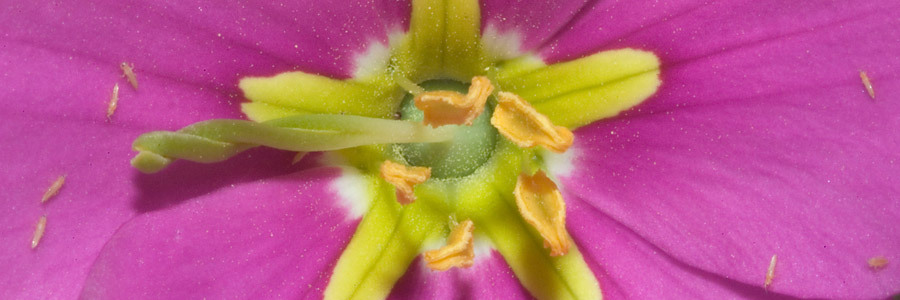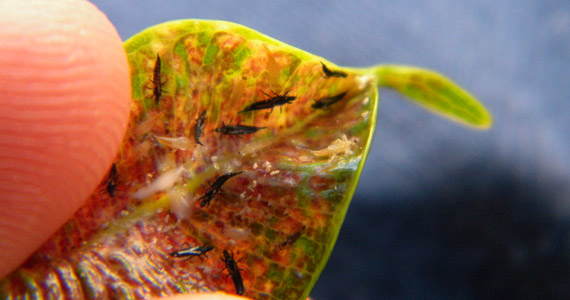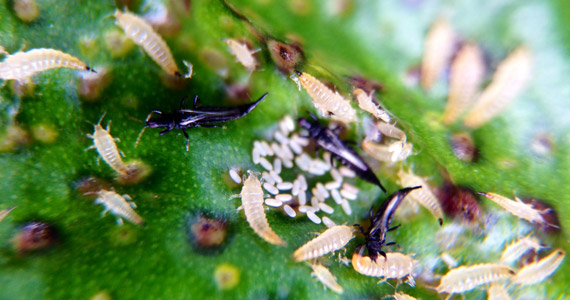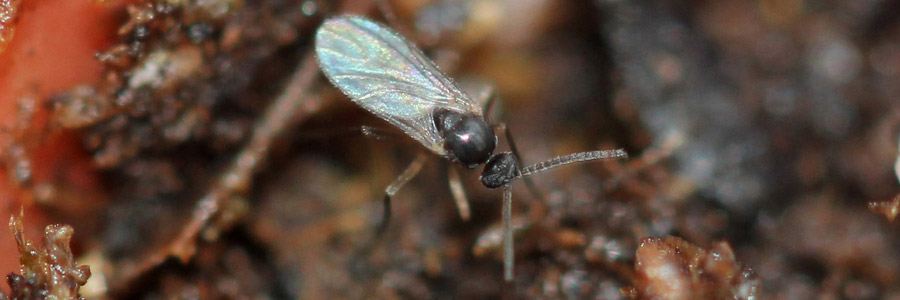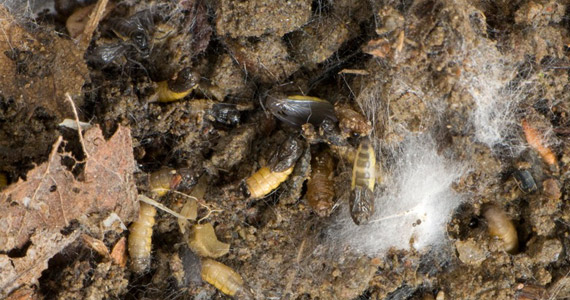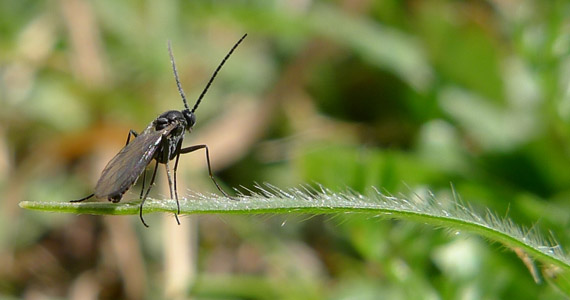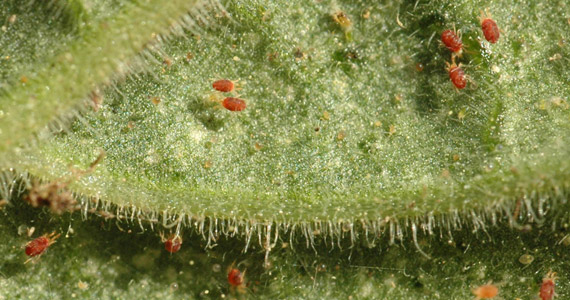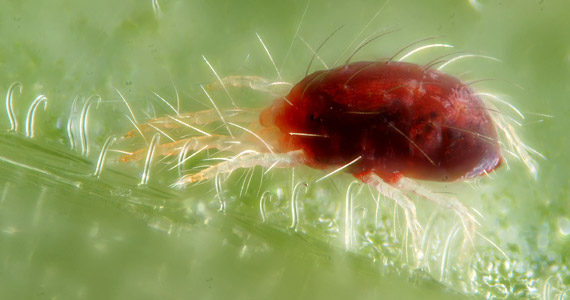Can be serious pests on all types of woody plants and shrubs. Scales are so unusual looking that many people do not at first recognize them as insects. Adult female scales and many immature forms do not move, are hidden under a disklike or waxy covering, and lack a separate head or other recognizable body parts. Scales have long piercing mouthparts with which they suck juices out of plants. They may occur on twigs, leaves, branches, or fruit. Severe infestations can cause overall decline and even death of plants. Most scales have many natural enemies that often effectively control them.
Woody plants heavily infested with armored scales often look water stressed. Leaves may turn yellow and drop, twigs and limbs on trees may die, and bark may crack and produce gum. Many armored scales attack leaves or fruit as well, leaving blemishes and halos on fruit; the fruit damage is often just aesthetic. Some armored scales can kill plants.
Control
Scales are often well controlled by natural enemies, especially when predator and parasite activities are not disrupted by ants or applications of broad-spectrum insecticides such as carbaryl, malathion, or pyrethroids applied to control other pests. If scale populations, especially armored scale species, become abundant, you should take action. In the case of soft scales, controlling ants may be sufficient to bring about gradual control of scales as natural enemies become more abundant. If not, well-timed sprays of oil applied either during the dormant season or when crawlers are active in spring (or, in the case of black scale, in summer) should provide good control.
Dormant-season applications of specially refined oils, often called narrow-range, supreme, or superior type oils, are effective against most scale pests of deciduous trees and landscape plants, especially San Jose scale, walnut scale, and the lecanium scales, but not against oyster shell or olive scales because susceptible stages of these pests are not present during winter. Avoid oils called dormant oil or dormant oil emulsions, which are more likely to injure plants. Treatments can be made any time during dormancy or, for sycamore scale and oak pit scales, during the delayed dormant period, which is the time after the buds swell but before they open. Be sure that the plants are not water stressed to avoid injury. A good time to apply oils is right after a period of rain or foggy weather.
An application of oil or soap alone is usually adequate. One study (of sycamore scale) found that organophosphates (e.g., malathion) combined with oil were no more effective than a properly timed, thorough application of oil or soap alone.
Avoid using the organophosphates chlorpyrifos (Dursban) and diazinon in landscapes and gardens because of problems from their runoff in urban surface water and contamination of municipal wastewater.
